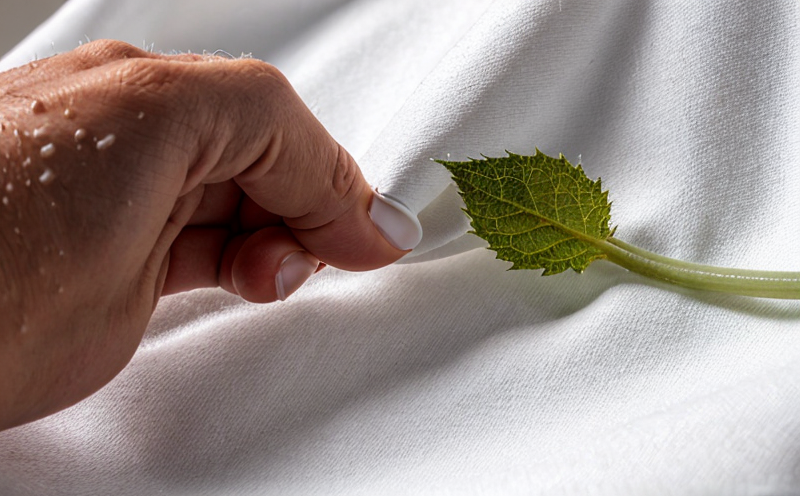Testing the moisture wicking properties of textiles
The Importance of Testing Moisture Wicking Properties in Textiles Why Businesses Cant Afford to Ignore It
In todays fast-paced and highly competitive textile industry, businesses are constantly seeking ways to differentiate their products from the competition while ensuring they meet the highest standards of quality and performance. One critical aspect that plays a significant role in determining the overall success of a textile product is its ability to manage moisture effectively. Moisture wicking properties are crucial for maintaining comfort, reducing sweat buildup, and preventing bacterial growth all essential factors for various industries such as sportswear, outdoor gear, and medical textiles.
What is Testing Moisture Wicking Properties in Textiles?
Testing the moisture wicking properties of textiles involves evaluating the capacity of a fabric to manage moisture, whether its from human sweat or external sources like rain or humidity. This laboratory service provided by Eurolab assesses how efficiently a textile can absorb and dissipate moisture, ensuring that the wearer remains comfortable and dry throughout its use.
Why is Testing Moisture Wicking Properties Essential for Businesses?
Testing the moisture wicking properties of textiles is more than just a nicety; its a necessity. Here are some compelling reasons why businesses should prioritize this laboratory service
Key Benefits of Testing Moisture Wicking Properties in Textiles
Improved Product Performance By understanding how well your textile products manage moisture, you can refine their design and manufacturing process to meet the specific needs of your target market.
Enhanced User Experience Comfortable and dry wearers are more likely to be satisfied with your products, leading to increased customer loyalty and retention.
Reduced Risk of Bacterial Growth Moisture-wicking textiles can help prevent bacterial growth, which is particularly important in medical and hygiene-related applications.
Increased Durability Effective moisture management can extend the lifespan of your textile products by reducing wear and tear caused by excessive sweat buildup.
QA Addressing Common Questions about Testing Moisture Wicking Properties
Q What types of textiles benefit from testing their moisture wicking properties?
A A wide range of textiles, including sportswear, outdoor gear, medical textiles, and even bedding materials, can benefit from testing their moisture-wicking capabilities.
Q How is the moisture wicking property tested in a laboratory setting?
A Eurolab employs standardized test methods to evaluate the moisture-wicking properties of textiles. These tests assess factors such as absorption rate, drying time, and moisture retention.
Q What are some common issues that can arise if a textile product fails to meet moisture management expectations?
A Failure to manage moisture effectively can lead to reduced comfort levels, increased risk of bacterial growth, and decreased product lifespan.
Conclusion
In conclusion, testing the moisture wicking properties of textiles is an essential service provided by Eurolab. By understanding how well your products perform in this critical area, you can refine their design and manufacturing process to meet the needs of your target market while enhancing user experience and reducing risk factors.
Dont wait any longer to uncover the full potential of your textile products. Contact us today to learn more about our laboratory services and take the first step towards creating comfortable, high-performing textiles that meet the demands of your industry.




